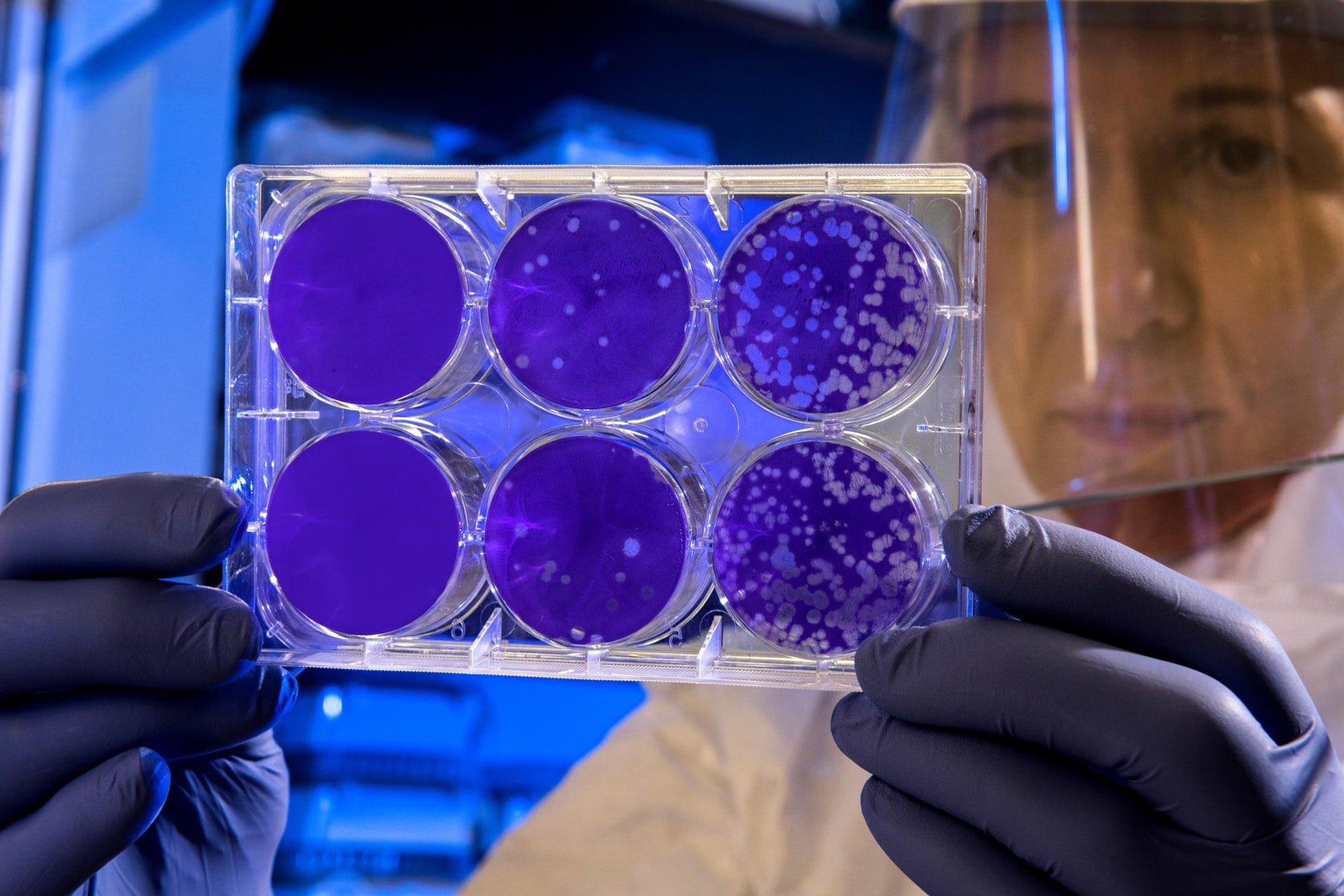Probiotics, 1960
First came probiotics. Doctors began using live, beneficial microorganisms grown in laboratories to solve problems with dysbacteriosis. The idea was to "plant" someone else's beneficial gut bacteria in the body after their own were destroyed by antibiotics. It seemed that the new "inhabitants" would adapt, eventually take root and thus restore the balance of microflora.But after 20 years, doctors and scientists are convinced that probiotics do not take root in the body! Our immune system, which works on the principle of "alien-alien", rejects foreign microorganisms and eliminates them within 5-7 days.
Probiotics are live microorganisms that benefit the host when administered in adequate quantities.
According to another definition, they are microorganisms used for therapeutic purposes, as well as food products and dietary supplements containing live microcultures.
Andreev, Igor Leonidovich. Man and the bacterial world : problems of interaction // Vestnik RAS. - 2009. - № 1. - P. 41-49.
Prebiotics, 1980
If something else doesn't take root, we need to strengthen our own! This is how prebiotics came into being - "food" for our bacteria. After all, if we feed the beneficial bacteria properly, they will become stronger and displace the harmful ones. But it turned out that along with the beneficial bacteria, prebiotics also feed the bad ones! The problem was not solved.Prebiotics are food components that are not digested or absorbed in the upper gastrointestinal tract, but are fermented by the human large intestinal microflora and stimulate its growth and vitality.
GIBSON, ROBERFROID. Dietary Modulation of the Human Colonie Microbiota: Introducing the Concept of Prebiotics.
Symbiotics, 1990
How can probiotics stay in the body as long as possible? I had an idea to "feed the guests" - to combine pro- and prebiotics!It seemed that the solution would put an end to the issue of restoring the balance of intestinal microflora, but the immune system still recognised the "strangers" and mercilessly dealt with them!
Everyone's microflora is unique and unrepeatable in both the types of bacteria and the number of bacteria.
Scientists continued their research, which led to the birth of a fundamentally new remedy.
Symbiotics refer to food ingredients or food supplements that combine probiotics and prebiotics in a form of synergy, hence symbiotics.
The symbiotic concept was first introduced as "mixtures of probiotics and prebiotics that benefit the host by improving the survival and implantation of live microbial supplements in the gastrointestinal tract by selectively stimulating the growth and/or activating the metabolism of one or a limited number of beneficial bacteria, thereby improving host well-being."
As of 2018, research on this concept is preliminary, with no evidence from clinical trials that such benefits exist.
Pandey KR, Naik SR, Vakil BV (2015). "Probiotics, prebiotics and synbiotics- a review". J Food Sci Technol. 52 (12): 7577–87. doi:10.1007/s13197-015-1921-1. PMC 4648921. PMID 26604335.
Gibson GR, Roberfroid MB (1995). "Dietary modulation of the human colonic microbiota: introducing the concept of prebiotics". J. Nutr. 125 (6): 1401–12. doi:10.1093/jn/125.6.1401. PMID 7782892.
Our days
Metabiotics
Metabiotics - are special active substances formed during the vital activity of bacteria and the bodies of these bacteria themselves. It is this combination that makes the product effective and suitable for every person!Bacterial secretion activates the growth of "native" beneficial bacteria in the gut and suppresses pathogenic ones.
Bacterial bodies stimulate the Peyer's plaques (part of the immune system) and so activate immunity Daigo is a unique product that effectively rebalances the intestinal microflora, taking into account individual characteristics.
Fermentation extract of 16 strains of lactobacilli is a natural medium for the growth of its lactobacilli and the suppression of pathogenic bacteria.
Due to its effects:
- activates the growth of beneficial bacteria
- Neutral bacteria move to the side of beneficial bacteria
- immune system is stimulated

Symbiotic
Probiotic and prebiotic symbiosis are food supplements that are perceived by the human flora as an invasion of foreign microorganisms.
Prebiotic
Food for beneficial bacteria - dietary fibre, which can either harm or not help at all with GI problems because:- If the intestines are inhabited by pathogenic bacteria, the prebiotic will be an excellent "feed" for them for further multiplication
- The food received does not have time to have a direct effect on harmful bacteria and does not stimulate the body's immune system
- Food for bacteria can be obtained from wholesome and fresh foods

Probiotic
Probiotics are live microorganisms consisting mainly of strains of lacto- and bifidobacteria, lactic acid bacteria.- Only 20% of the beneficial bacteria reach the gut, as the acidic environment of the stomach is hostile and difficult for probiotics to pass through
- Live bacteria do not form colonies in the gut because each person has a unique microflora
- Probiotics can be perceived by the body as hostile bacteria, resulting in the development of an immune response

